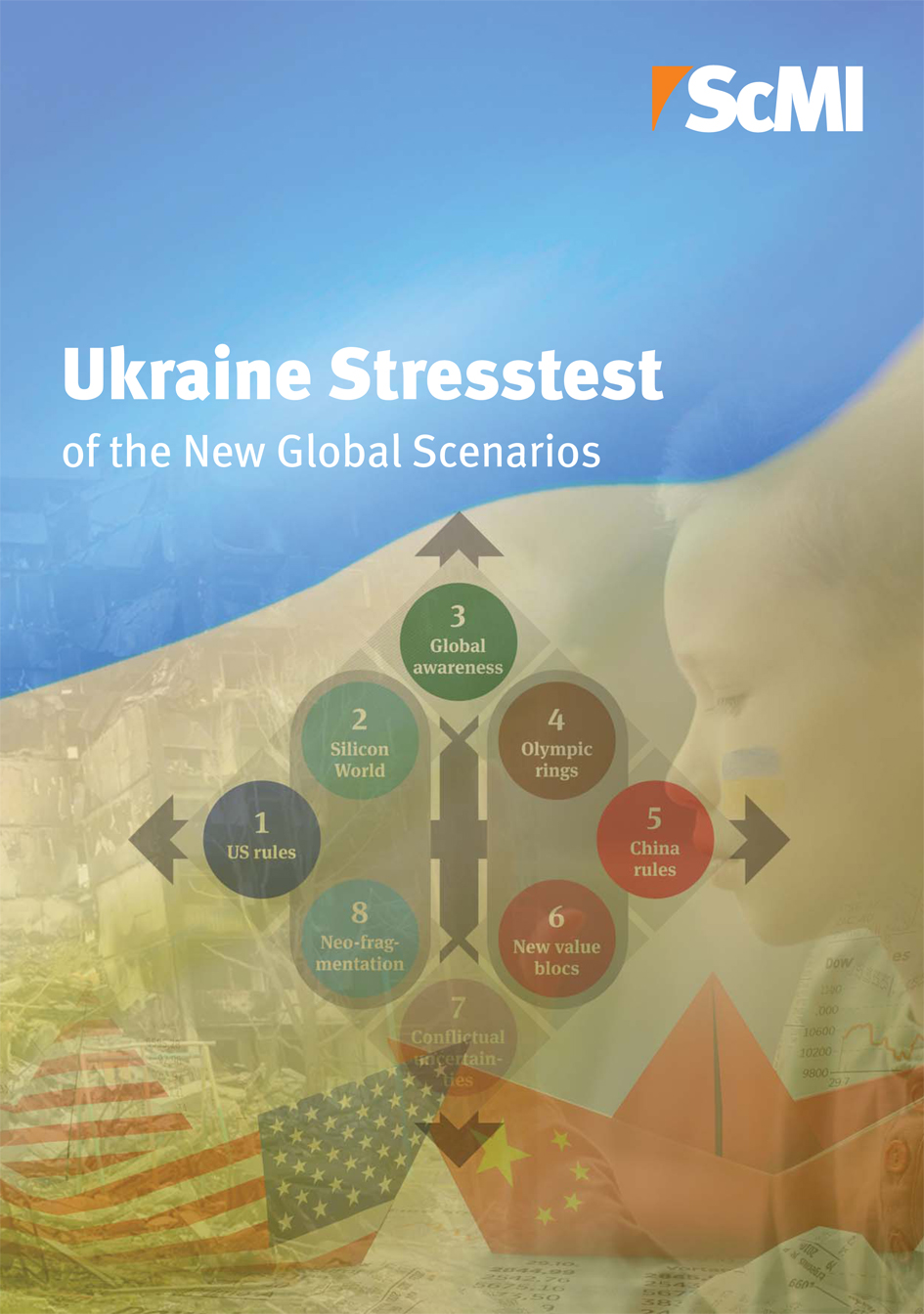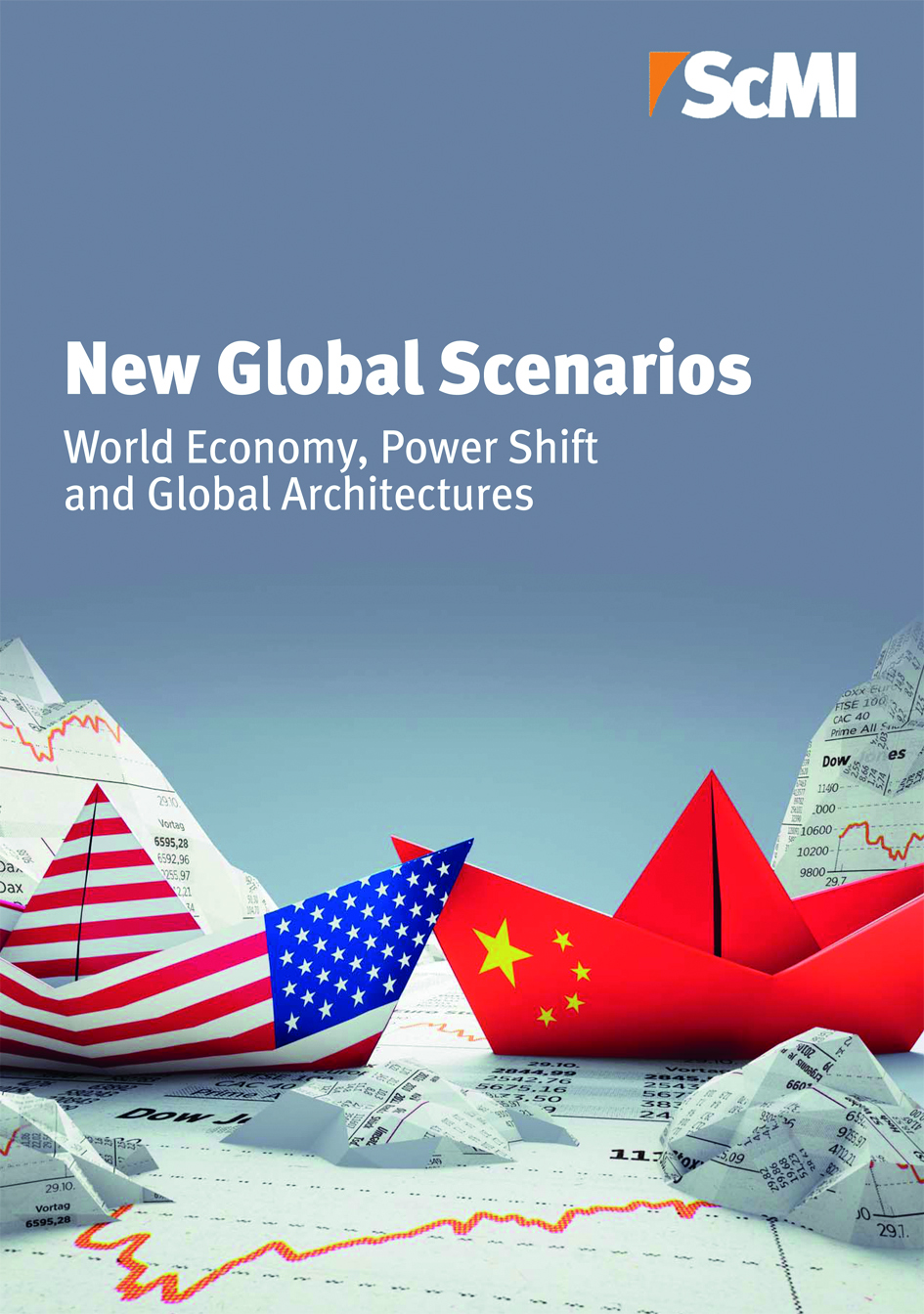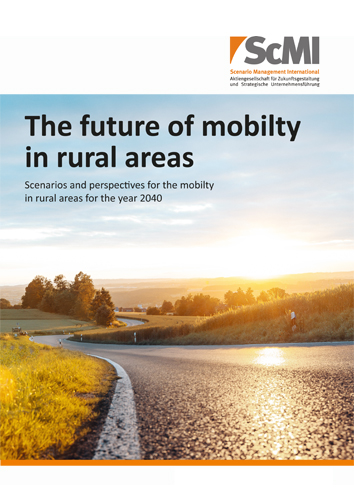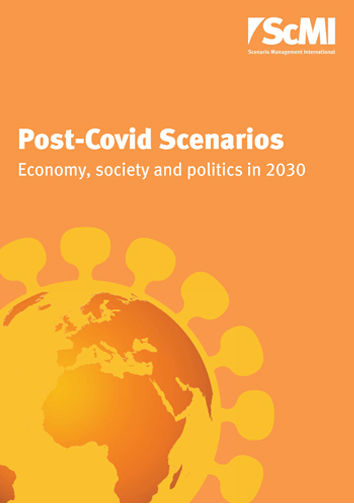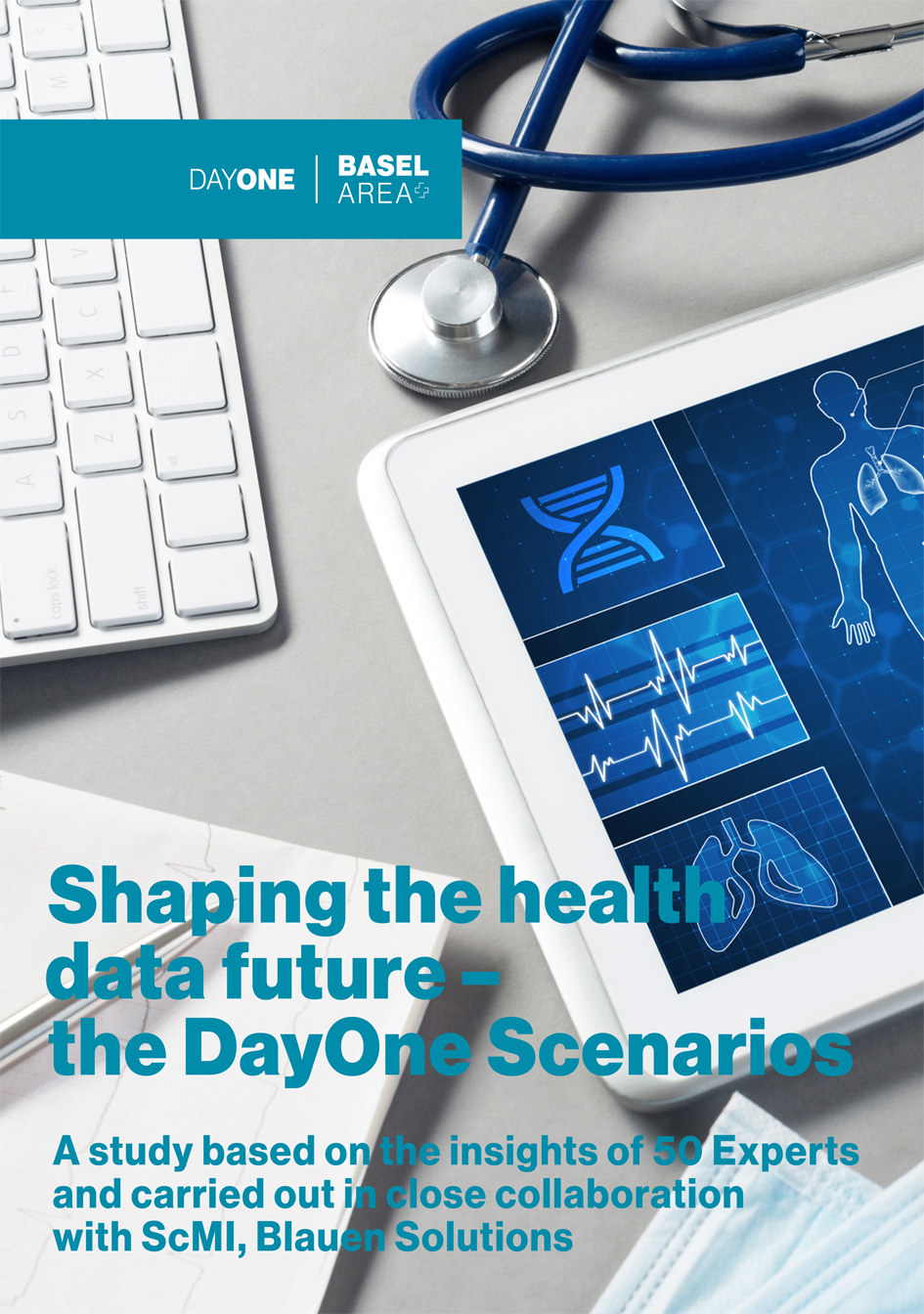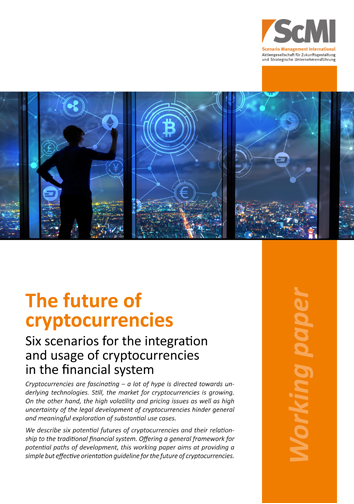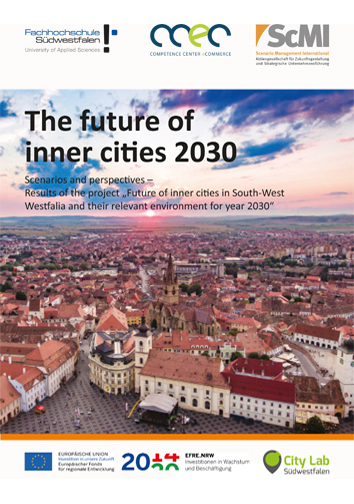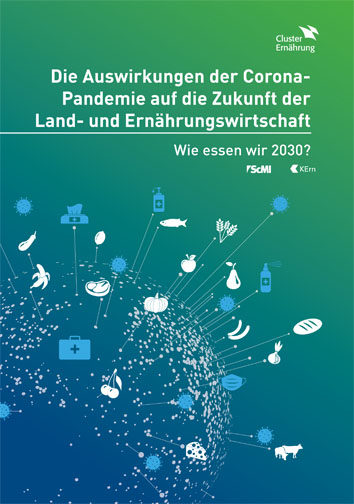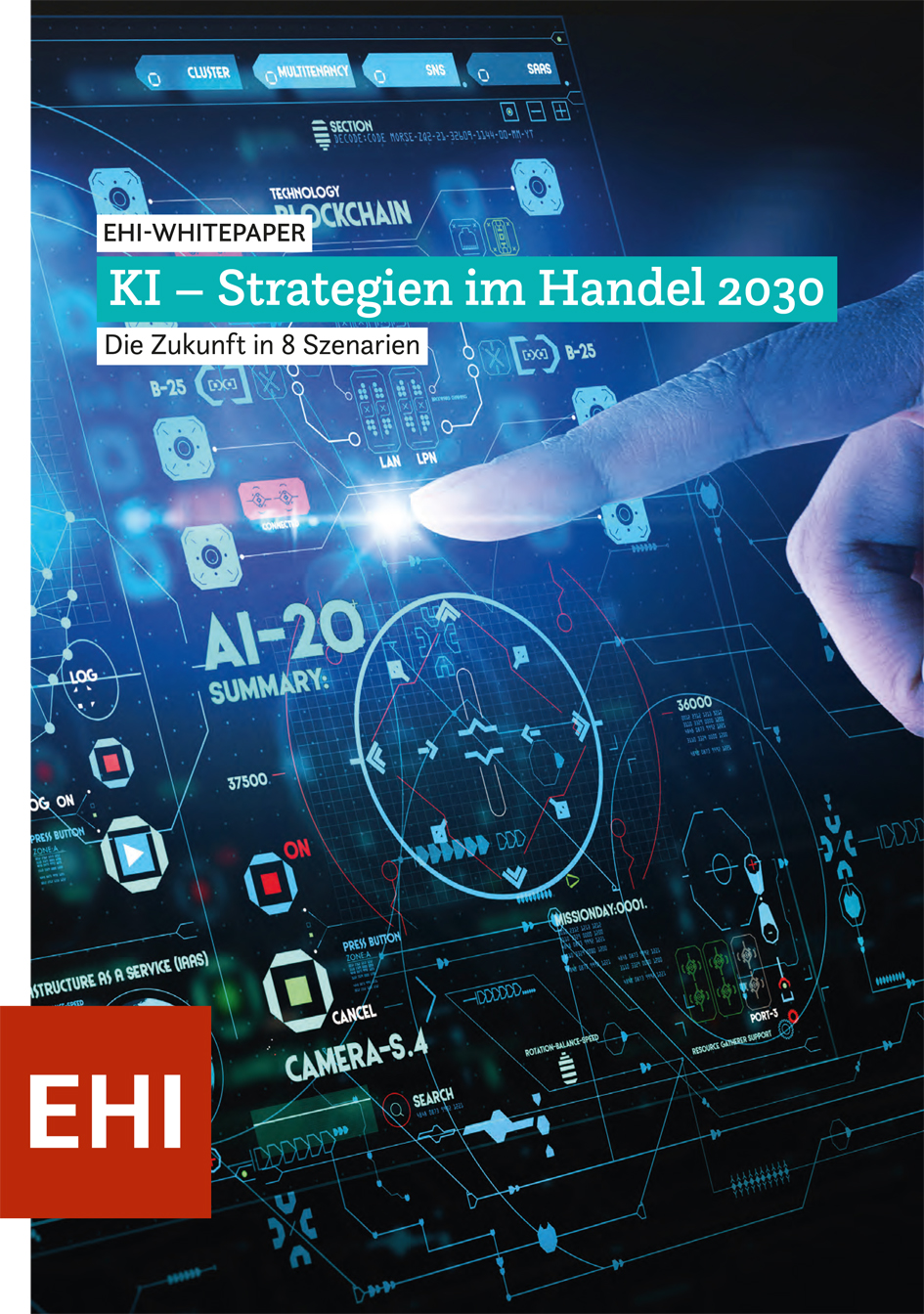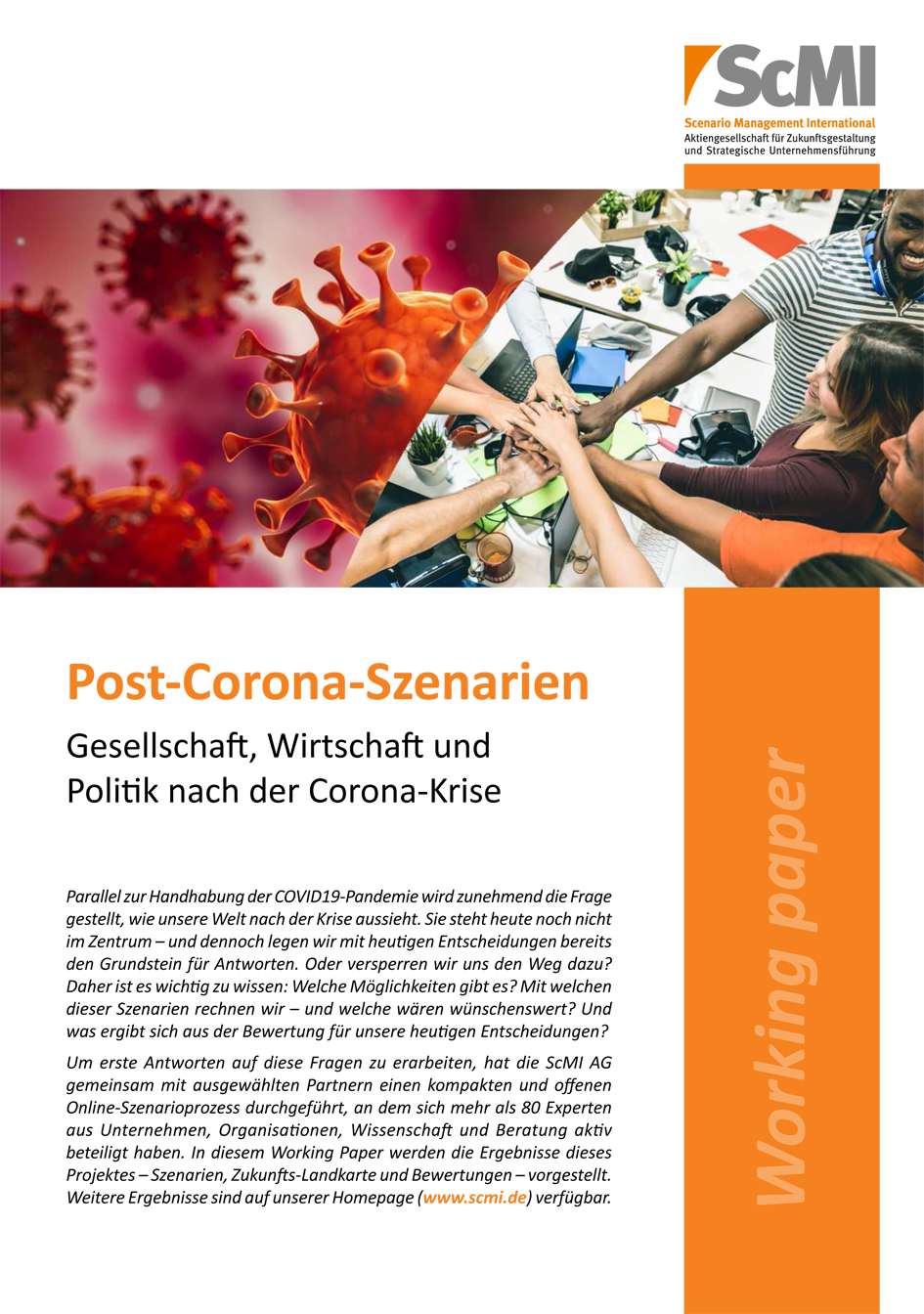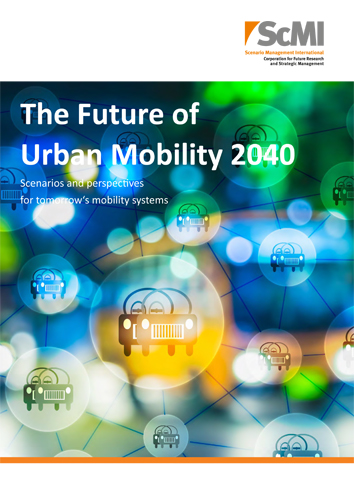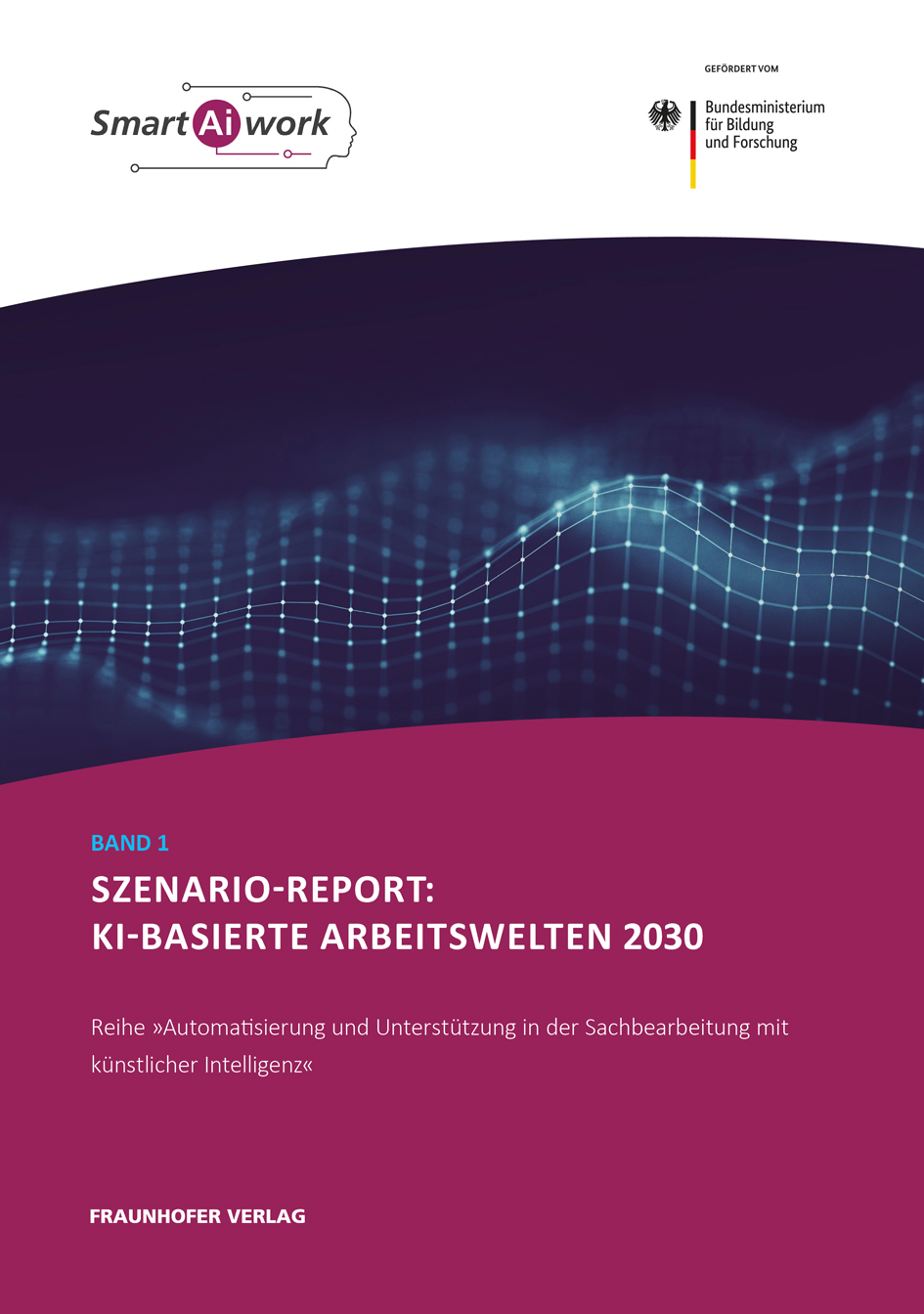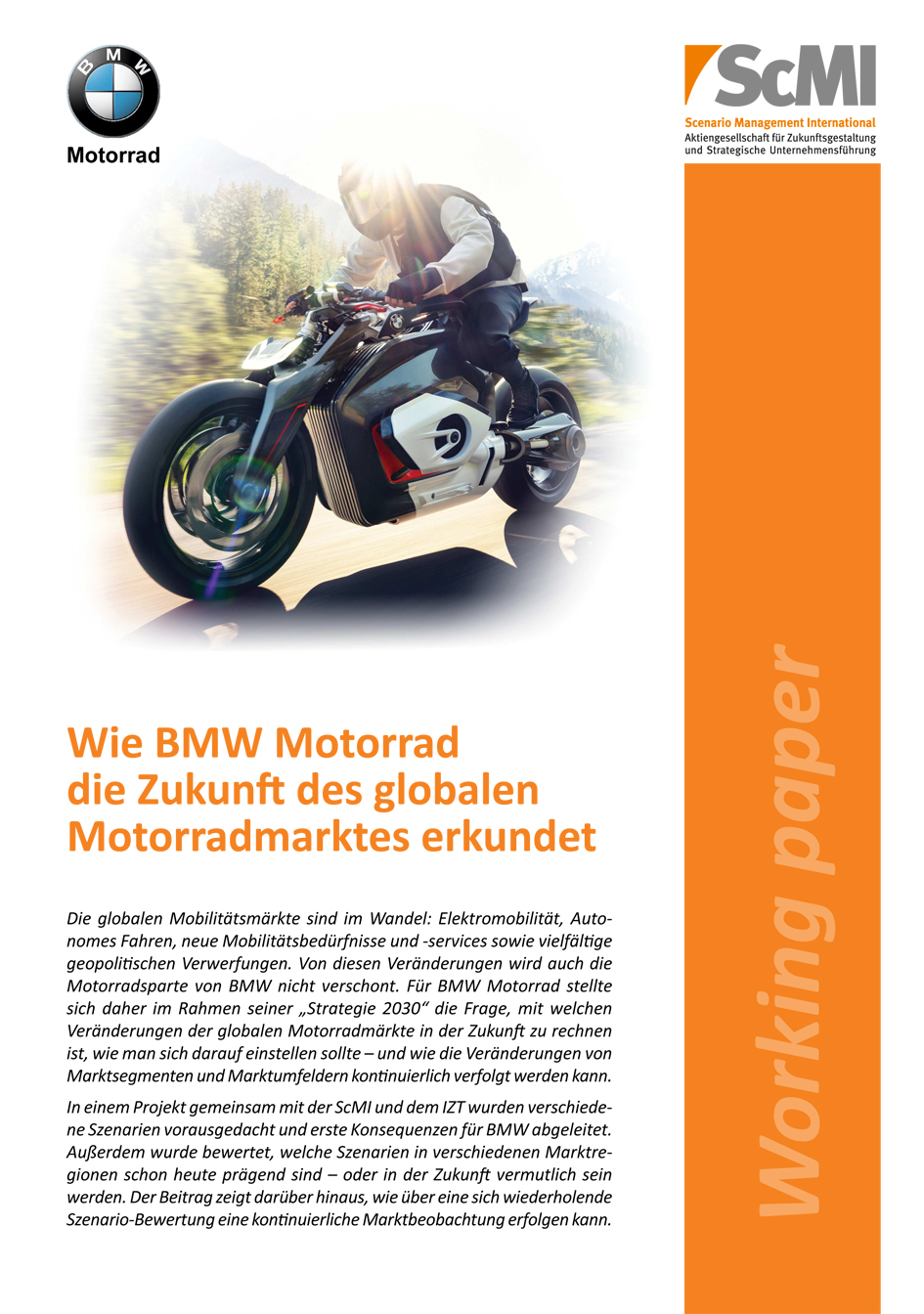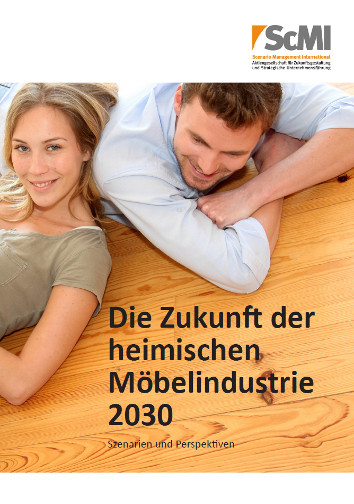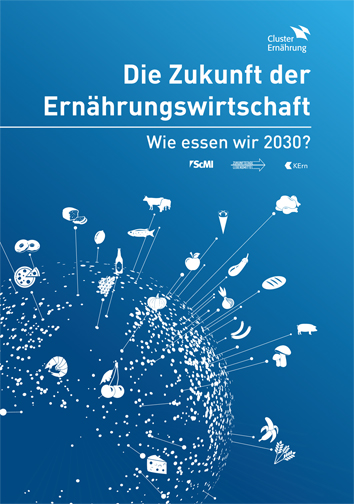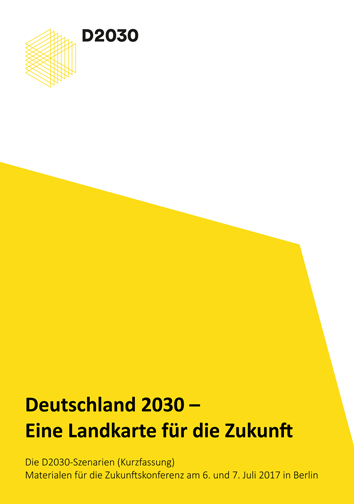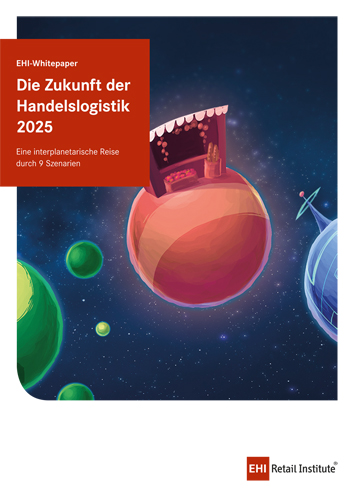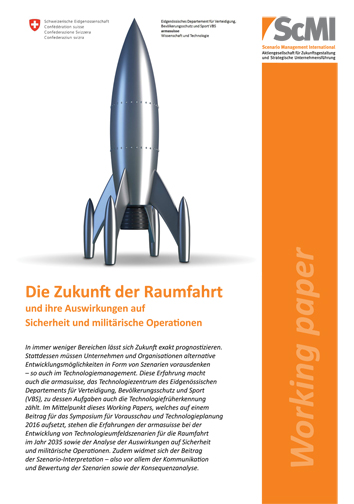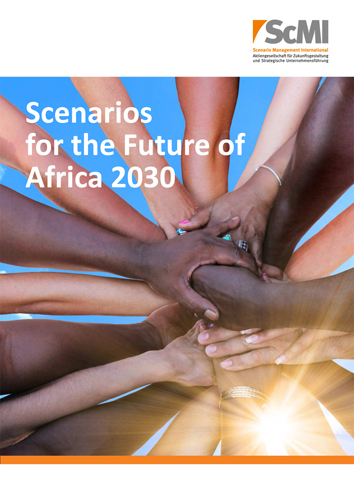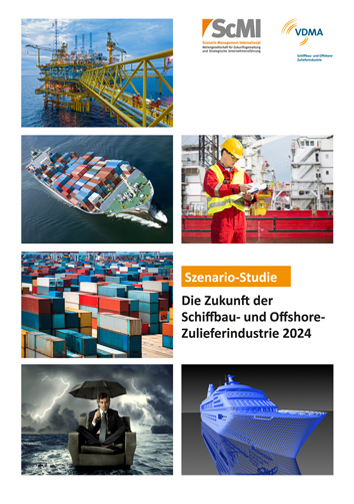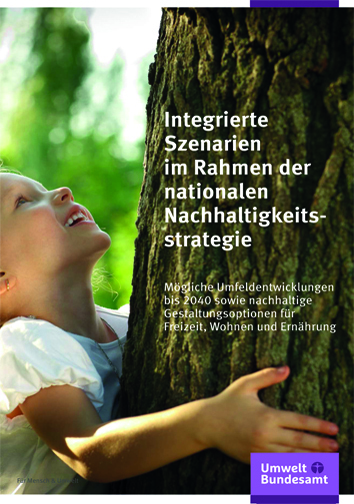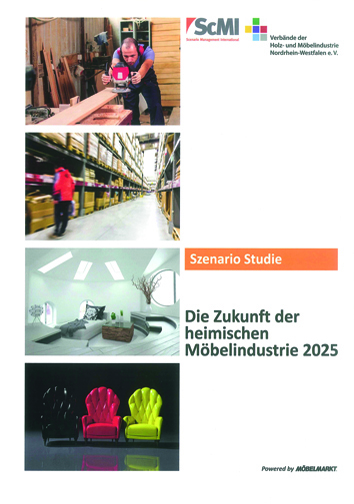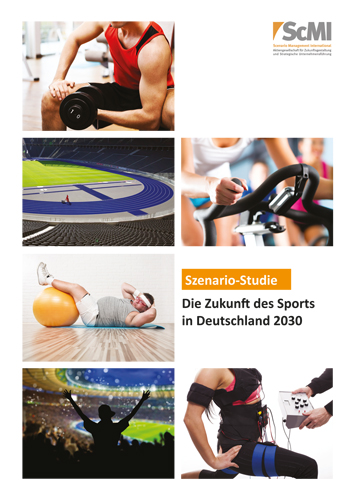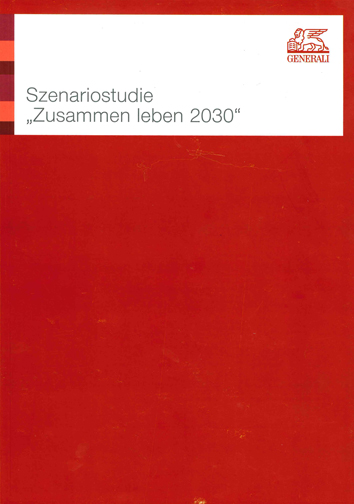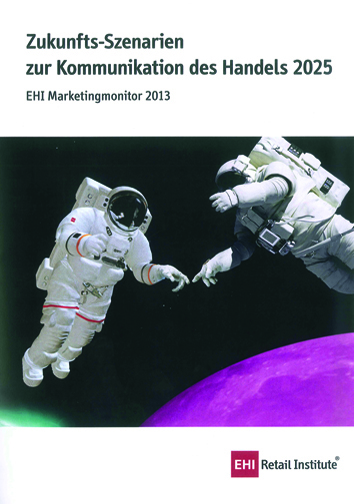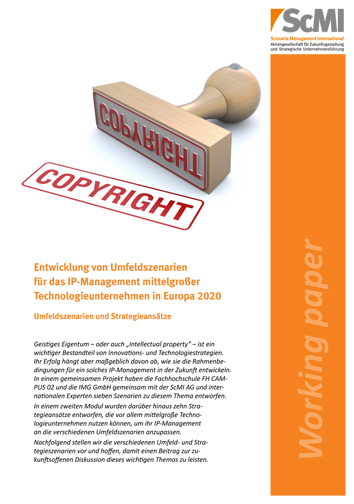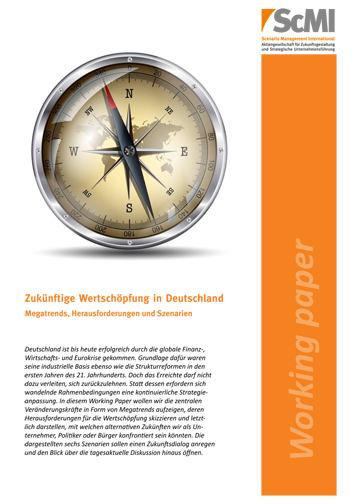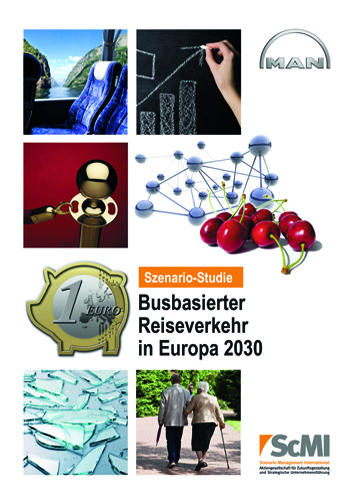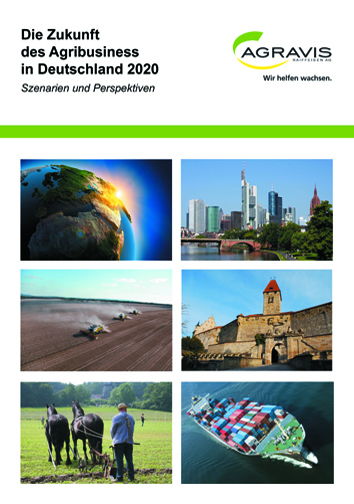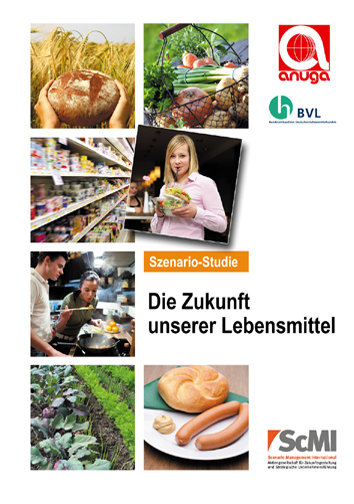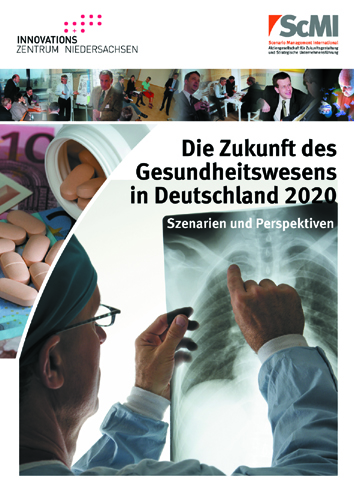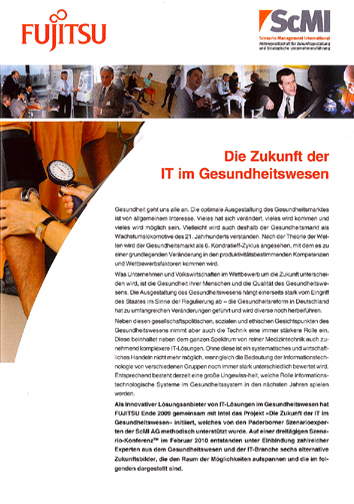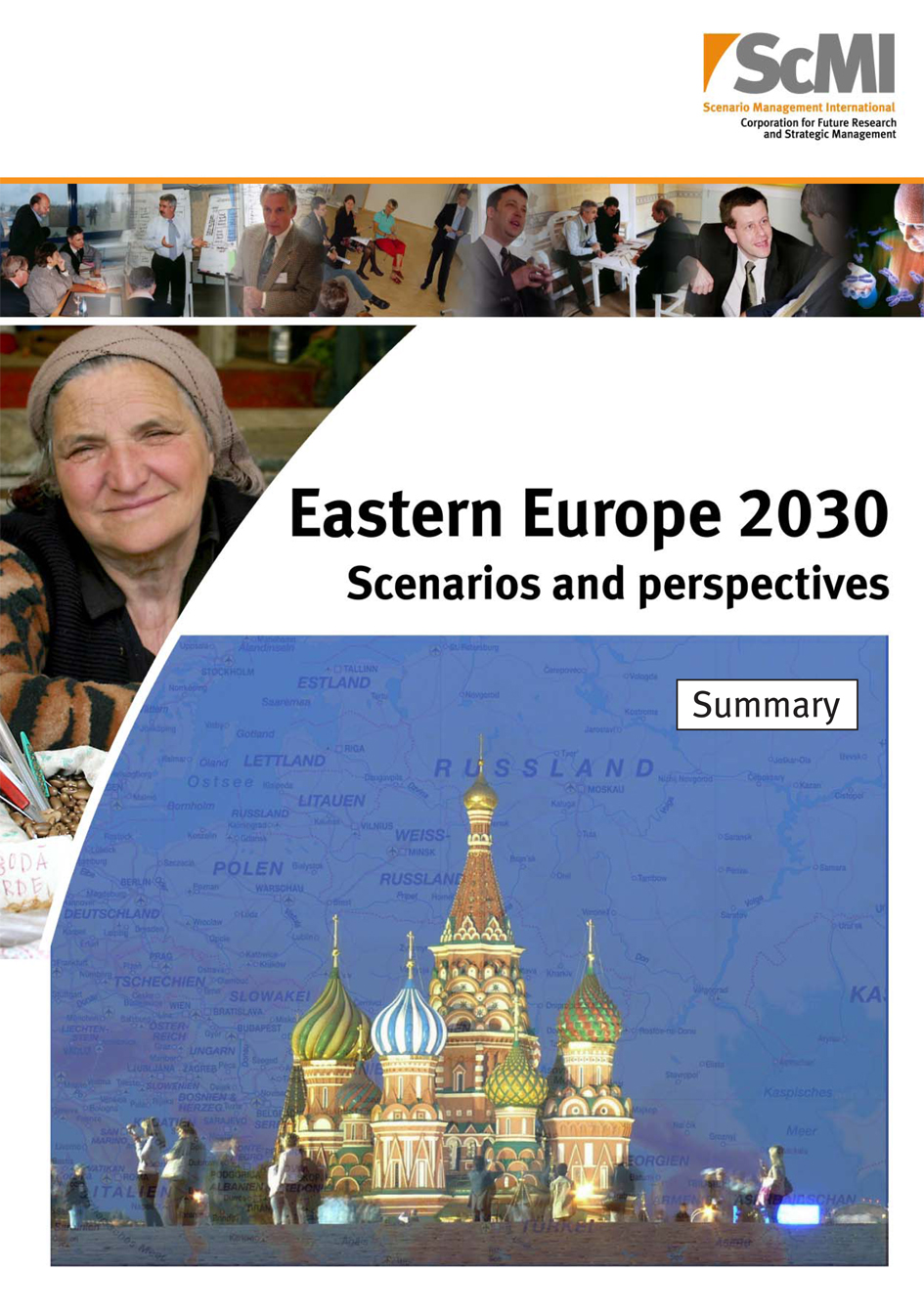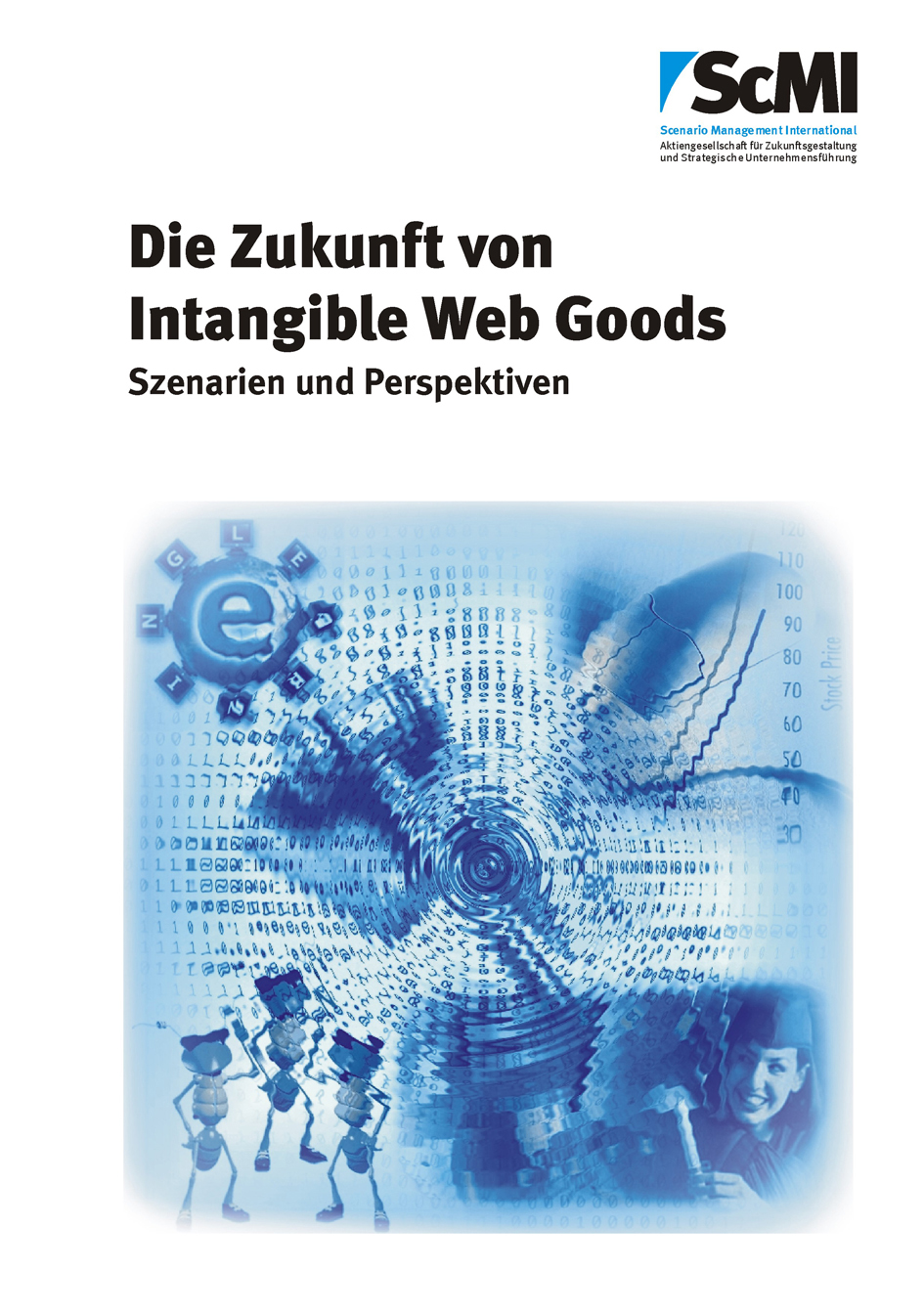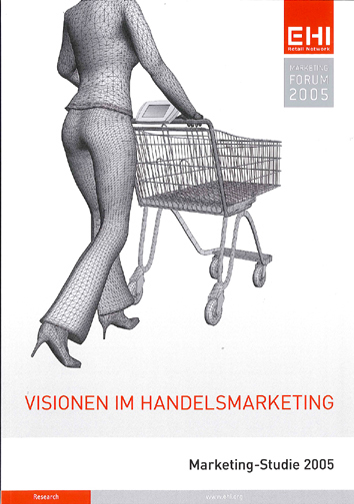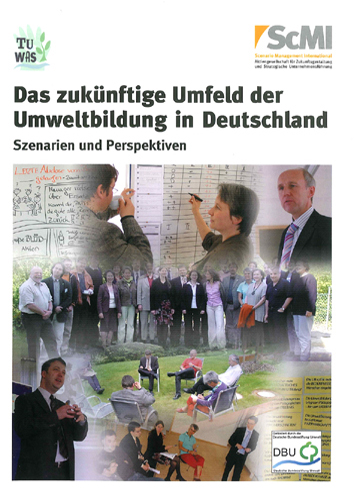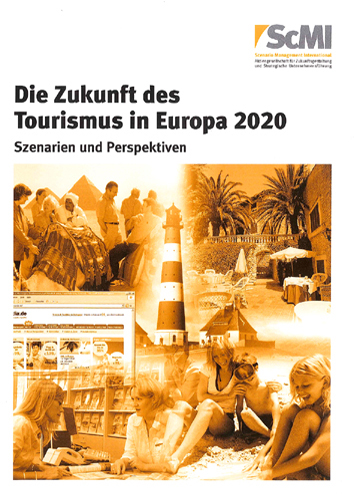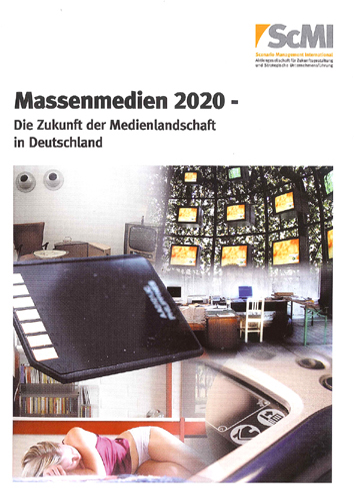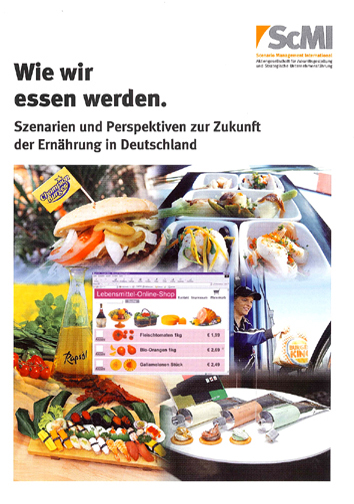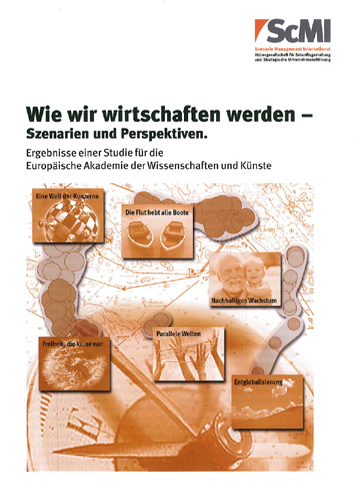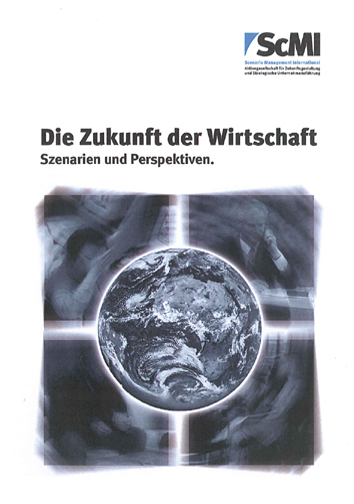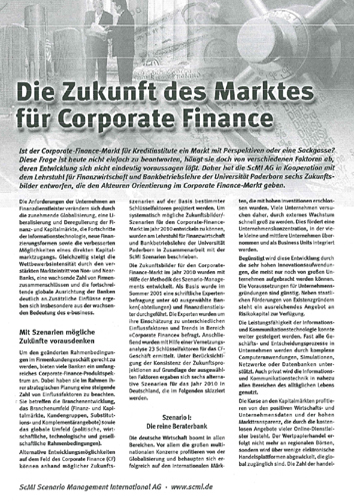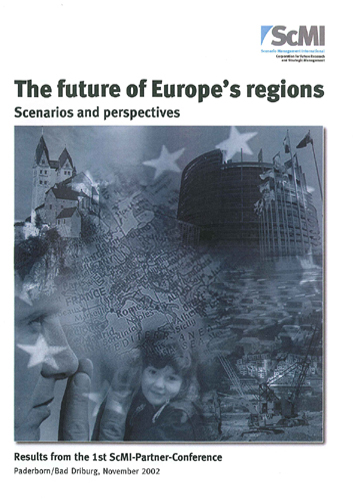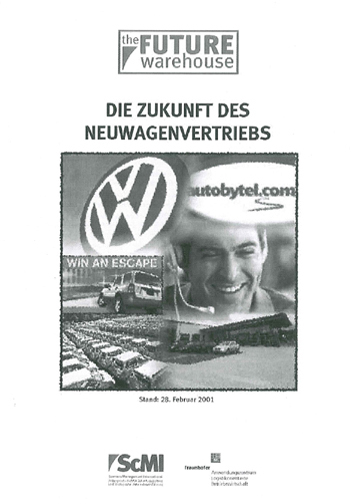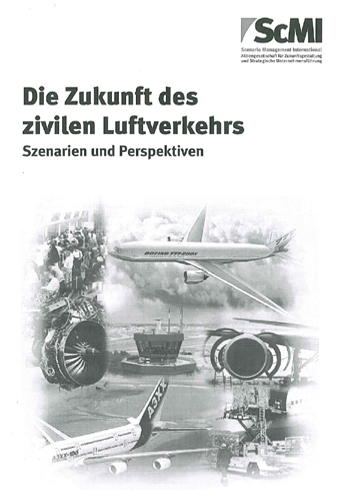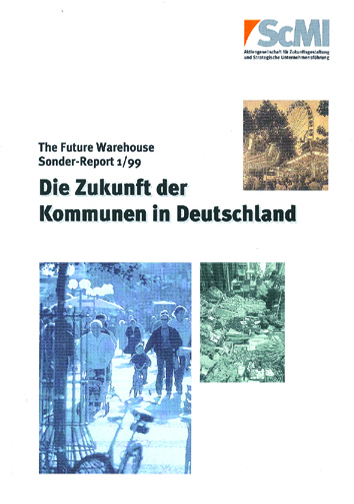The society and the demographic change – our social state in 2030
The future of the social state is one of the main corporate topics, also in Germany. For a considerable time, this topic is discussed and thought about – in the more narrow political sense as well as in academic areas and in a broad political public. In June 2004, in order to approach the question of the existence and form of a societal and political imagination concerning the future of a social state, the Bertelsmann foundation, the Heinz Nixdorf foundation as well as the Ludwig Erhard foundation invited more than thirty politicians from the Bundestag and state parliaments to a jointly organized scenario conference in Dresden.
The aim of the scenario conference “young politic for an ageing society – Our social state in 2030” was to create future images of how our social state could and should look like in 2030. This future image should be cross-partied accepted by all participants. As a tool and method for evaluating and structuring such a future image, the Scenario-Management was applied. In the process 19 key factors were identified and thought ahead for four possible development paths. By combining these future projections, all in all six scenarios evolved:
- The overcharged society in a downward-spiral (Scenario 1)
- The dynamic welfare state as a safe haven (Scenario 2)
- The dynamic sustainable bourgeois society (Scenario 3)
- The weak state with strong companies and strong family relation (Scenario 4)
- The vernissage society (Scenario 5)
- The ponderous society (Scenario 6)
These six scenarios generate the possibility space, which was visualized in a future space mapping. During the conference the participants evaluated the scenarios, whereas the today’s social state is located between scenario 1 and scenario 2 – however with a distinct tendency towards scenario 1. With regard to the development dynamics, the optimists hoped that the future development might stabilize the today’s social state moving to a dynamic welfare state, whereas the pessimists feared a further slide of the German social model into a permanent overextension, ending in a growing downward- spiral.
Most of the participants expected a development containing more self- responsibility and less state. This is illustrated by the trend arrow which identifies the vernissage society (scenario 5) as the most possible scenario, in which the increase of individual liberty leads to a society of senile egoists, whose prosperity and stability is threatened by the non-dealing with the demographic challenges.
However – and this might be the most remarkable result of the conference – all participants came to a consensus concerning the desired future of the social state: The dynamic bourgeois society reflects the desired image of the German social state in 2030. The participants of the congress subsequently analyzed the four main topics social security, economy and finance, education and innovation as well as the future of the councils in order to illuminate the nature and characteristics of the jointly depicted future of a dynamic sustainable society. They furthermore discussed about how to draw the political way until they have reached the goals.
Further information regarding the results of the scenario conference can be found in: Avenarius, Moritz / Hackenberg, Helga / Vehrkamp, Robert B. / Witte, Kirsten: Der Sozialstaat im demographischen Wandel - Ergebnisse einer Szenario-Konferenz zur Zukunft des Sozialstaates in: Stephan A. Jansen, Birger P. Priddat, Nico Stehr (Hrsg.):Demographie - Bewegungen einer Gesellschaft im Ruhestand; VS VERLAG FÜR SOZIALWISSENSCHAFTEN, November 2005, S. 145-184




